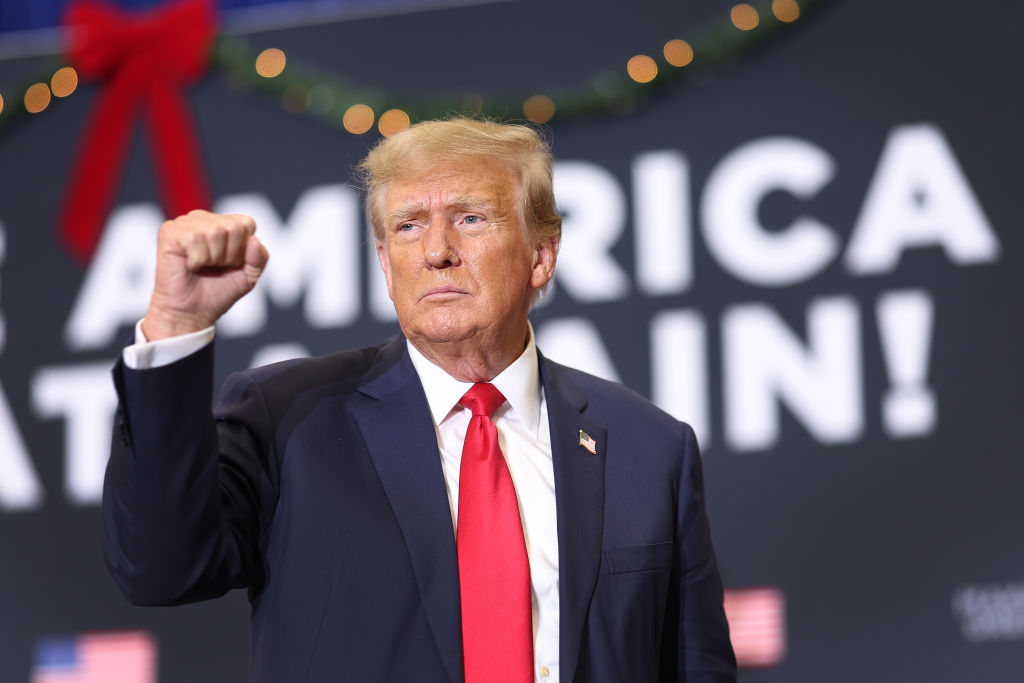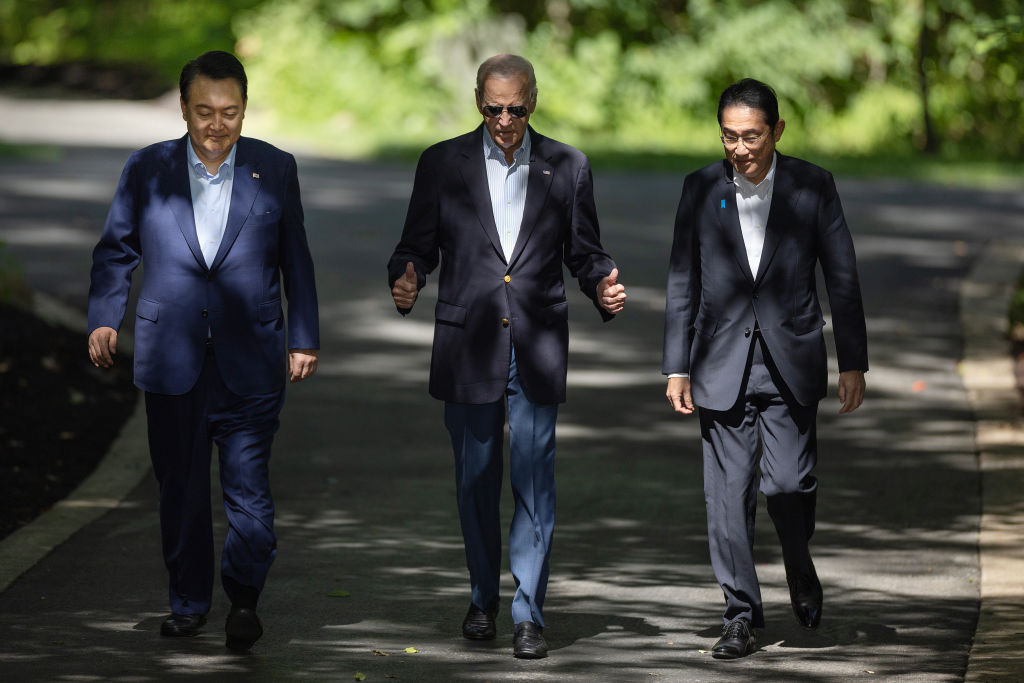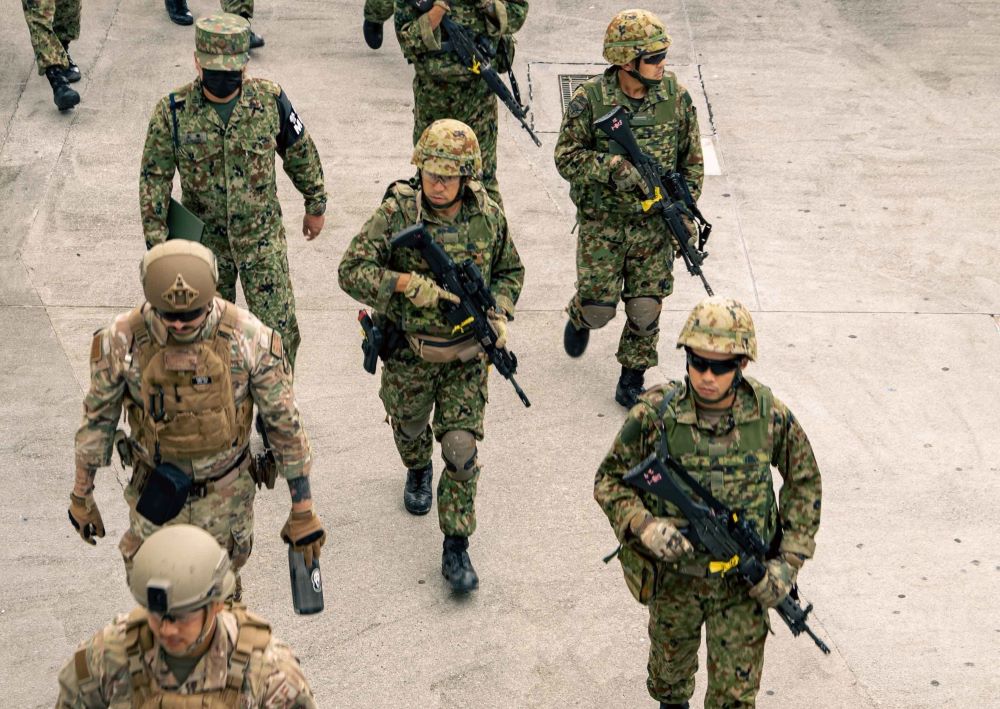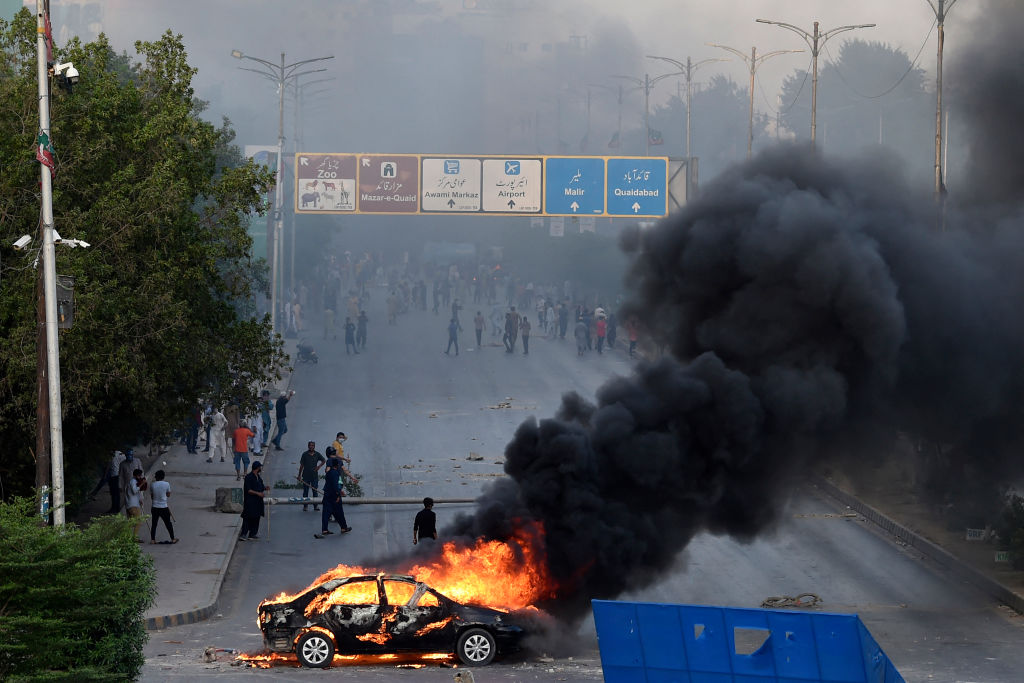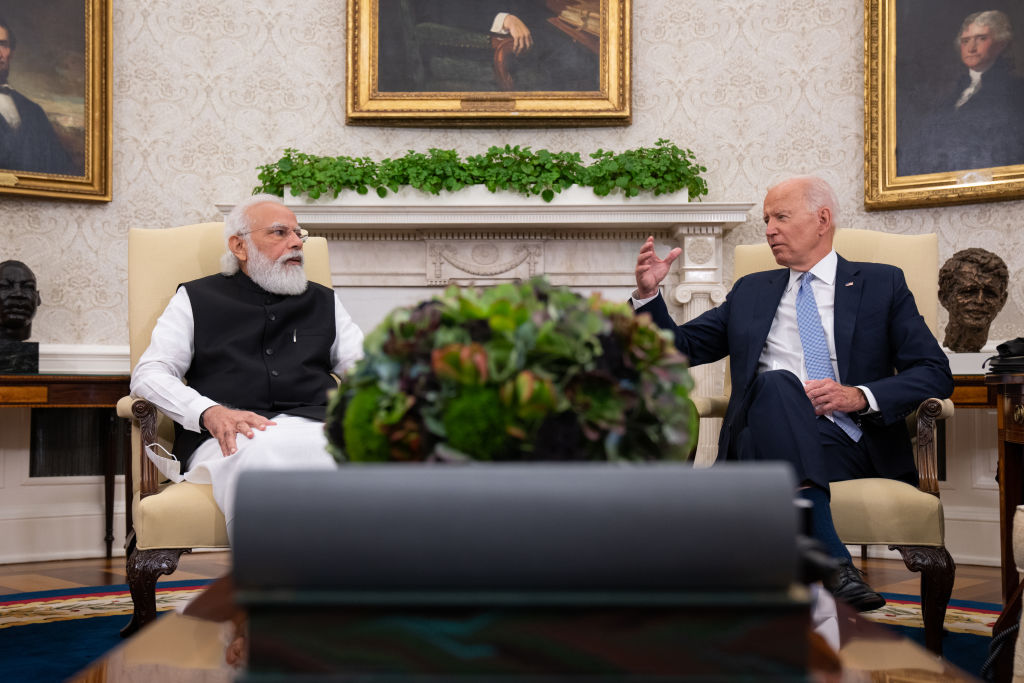Joe Biden’s disappearing legacy

All US presidents leave mixed legacies. The best make mistakes, and the worst get some things right. But Joe Biden’s legacy is more mixed than most, if only because he got some big things mostly right and some big things mostly wrong.
Start with the positives. The US economy performed extremely well under Biden, far outpacing its peers. Coming out of the COVID-19 pandemic, GDP increased significantly, from approximately $21 trillion in 2020 to more than $29 trillion in 2024. The economy added more than 16 million jobs, and unemployment fell substantially. And major legislation—the Bipartisan Infrastructure Law, the Inflation Reduction Act and the CHIPS and Science Act—secured significant funding for infrastructure improvements, domestic microchip production and clean energy.
But the surge in federal spending also caused inflation, with consumer prices up some 20 percent over four years. It also contributed to a ballooning deficit, with government debt increasing by some $7 trillion, to $36 trillion by the end of 2024.
Biden’s biggest foreign-policy accomplishment was undoubtedly Ukraine. While the administration ultimately could not prevent Russian President Vladimir Putin’s invasion, it made unprecedented, creative use of intelligence to warn Ukraine and the world. It also settled wisely on an indirect strategy, in which the United States and its NATO partners provided Ukraine the means to defend itself while avoiding direct military involvement, which could have triggered a larger—or even nuclear—war.
The policy largely succeeded. Nearly three years after the war began, Putin has failed to achieve his aims, despite the disparity in military strength and population. Indeed, Ukraine has fought the Russian military to a near standstill and maintained its independence.
The policy was not perfect. It too often erred on the side of caution in providing Ukraine advanced weapons systems or allowing them to be used in a manner most likely to affect Russian action. Similarly, framing the war as one between the forces of democracy and authoritarianism got in the way of building a broad international coalition to oppose Russian aggression and support sanctions.
The Biden team also failed to articulate achievable war aims. Fearful of being accused of selling out a partner and compromising in the face of aggression, the administration deferred to Ukraine, which until late 2024 insisted on recovering all its lost territory dating back to 2014, a position that, while understandable, was not realistic militarily. Allowing objectives to be defined in terms that could not be met played into the hands of opponents of aid to Ukraine.
More broadly, Biden took important steps to revive alliances that had been damaged and weakened during President-elect Donald Trump’s first administration. Biden essentially replaced ‘America first’ with ‘allies first’. He understood the strategic advantages of enlisting partners on behalf of common regional and global challenges. NATO added Finland and Sweden on Biden’s watch and continued to modernise, while Biden announced a significant trilateral partnership with the United Kingdom and Australia—AUKUS—and brokered a historic rapprochement between Japan and South Korea.
Elsewhere in the Indo-Pacific, however, strategic drift prevailed. Regarding China, Biden retained Trump’s import tariffs and imposed a host of technology-related export controls. Renewed dialogue did not halt China’s ongoing military build-up or its support for Russia’s war on Ukraine. Similarly, there was scant new diplomacy vis-a-vis North Korea, which remained hostile to US interests, continued to produce nuclear weapons and missiles, and sent troops to Russia to fight on the Kremlin’s behalf.
The most glaring hole in the administration’s regional strategy was economic. Biden announced the Indo-Pacific Economic Framework, which did not amount to anything, and the US did not join any regional trade pacts, allowing China to cement its position as the region’s economic centre of gravity. As a rule, free trade gave way to protectionist policies that emphasised costly domestic production and ‘buy American’ provisions.
In Afghanistan, Biden implemented the accord negotiated and signed by Trump in February 2020 that paved the way for a Taliban takeover. Even though a strong case could be made that the pact undermined a status quo that was affordable and kept the Taliban at bay, there was no effort to revise it. After years of US funding and training, the Afghan army collapsed in a matter of days, and 13 US troops died during the chaotic evacuation.
Meanwhile, efforts to put the Middle East on the back burner imploded on 7 October, 2023. Biden was properly supportive of Israel in the days after Hamas’s attack, but near-unconditional backing made the US appear weak as subsequent Israeli military action in Gaza caused tens of thousands of civilian deaths and created a humanitarian crisis. The administration spent the bulk of its time trying to broker a ceasefire between Israel and Hamas that neither side wanted.
While the region is arguably in far better shape than it was four years ago, this has less to do with US policy than with Israel’s decapitation of Hezbollah, its decimation of Hamas, its decision to strike Iranian air-defence and weapons facilities, and the ouster of Syria’s Bashar al-Assad, which ought to be attributed to Iranian weakness, Russian distraction and Turkish opportunism.
The Biden administration’s biggest single failure was at the US southern border. Illegal immigration surged by some eight million between 2021 and 2024. The administration initially sought to differentiate its immigration policies from those of Trump, but then was slow to react when it became clear its approach wasn’t working. Biden and the Democrats paid dearly, as polls indicate it contributed significantly to Trump’s re-election.
Biden’s decision to run for re-election, despite low favourability ratings and growing signs that he was no longer up to the job, also paved the way to Trump’s victory. Had he followed through on his earlier promises to be a transitional figure and opted to be a one-term president, Democrats could have staged a competitive nomination process, giving candidates time to develop agendas and introduce themselves to voters. There is no way to know if Vice President Kamala Harris would have prevailed, but if she had, she would have been a far stronger candidate for having earned the nomination and publicly defining herself in the process.
Presidential legacies depend in large part on what successor administrations retain. It is not just Biden’s misfortune to be succeeded by Trump, who is committed to undoing much of his domestic and foreign policy. It is also in no small part Biden’s doing. His biggest legacy could be the lack of one.





